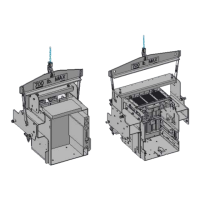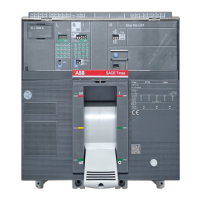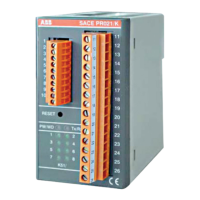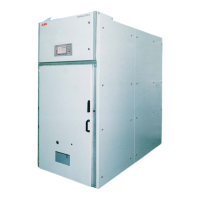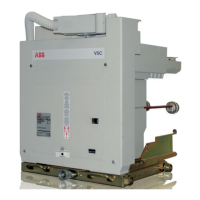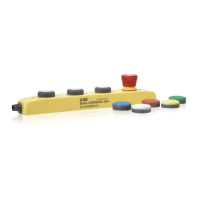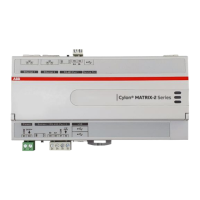ABB REL 356 Current Differential Protection
3-22
Settings and Application
Low Set Current Supervision (ILTS) ILTS = IN
The user can select to supervise differential trip but the low set current elements, IPL and IGL. With ILTS = IN, higher
security is achieved. However, for weak feed applications when the local fault current may not exceed the set IPL or IGL
current levels, ILTS should be set to OUT in order to allow the weak terminal to trip on current differential operation.
Weak feed condition not present Þ ILTS=IN
Reclose Block Enable (RBEN) RBEN = NORB
The following settings are provided for system flexibility:
NORB Normal Reclose Block. The RB contacts will close for the following trips:
· Reclose into fault
· Trip from the back-up system
· Out-of-step trip
· High set overcurrent trip
· Transfer trip
ALRB All Reclose Block. The RB contacts will close for all trips.
Stub/Open Breaker Timer (SOBT) SOBT = 10 msec
The SOBT timer provides a time delay for the stub bus and open breaker trip functions. When using 52b inputs for the
open breaker detection, the reset time of the breaker contacts should be carefully considered. If the contact reset time
is greater than the set SOBT time, reclosing will be unsuccessful. The reason is as follows: after a trip, with both
breakers open, one end closes back into the line successfully. The second end closes in but has slow resetting 52b
contacts why OPBR (open breaker) code is still being received by the remote end at the time load current starts to flow.
The remote end will then trip from the low set IPL elements if OPBK function is used. The SOBT timer thus needs to be
set longer than the 52b contact reset time plus channel delay plus 8 msec margin.
52b contact used directly, digital channel delay 1.3 msec Þ SOBT > 1.3 + 8 msec
The 52b contact reset time is generally close to zero when the breaker contacts are used directly but might be much
longer when connected to the relay via an external auxiliary relay.
Open Breaker (OPBR) OPBR = 52B
The following settings are available for open breaker keying:
· IE Keying is initiated when the line current is lower than the IE setting. Note that the line charging current
must exceed this setting, which limits the use of this option on short lines.
· 52B Keying is initiated when the 52b contact at the local end is closed.
· BOTH Keying is initiated either when the load current is lower than the IE setting or when 52b is closed.
· OUT No open breaker keying. Note that this will disable the Open Breaker function in the remote end as no
open breaker code will be received there.
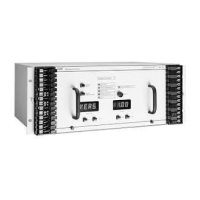
